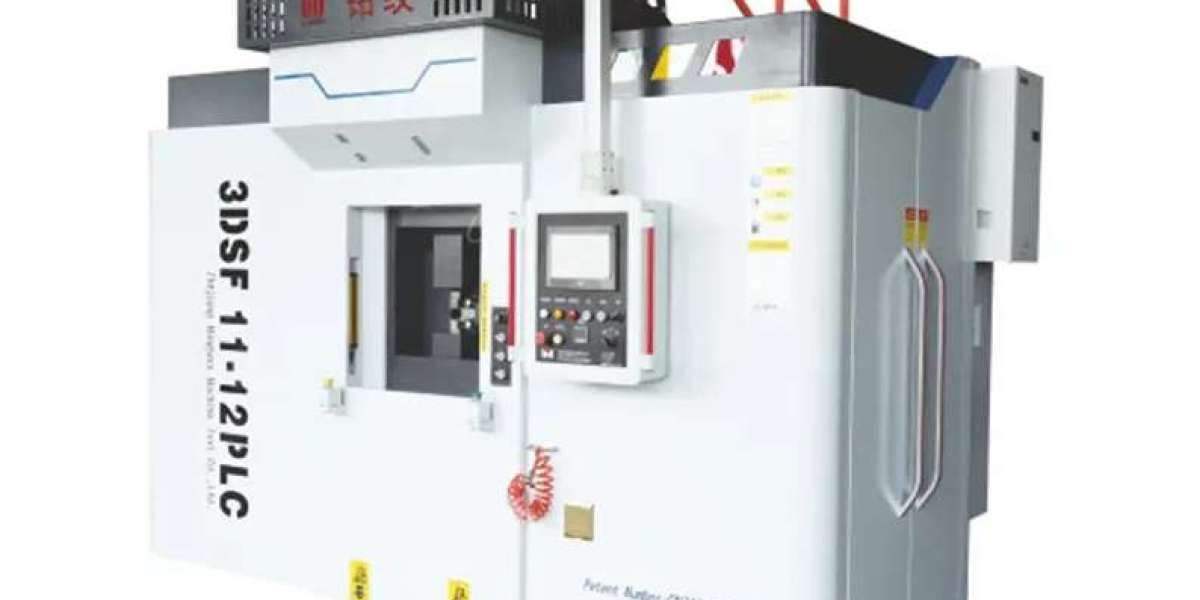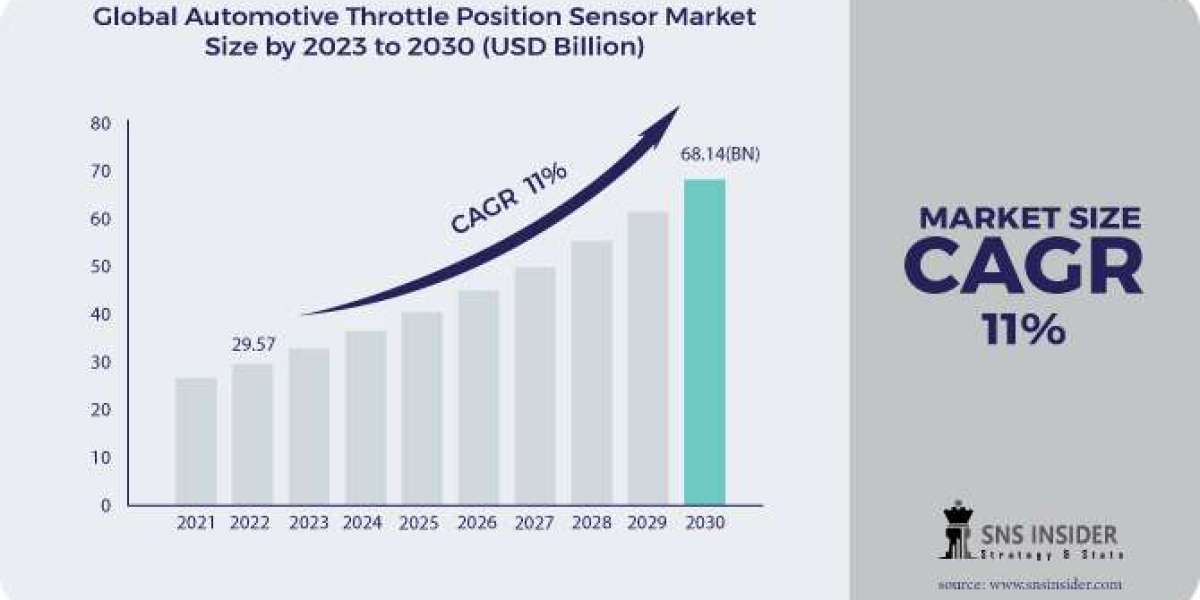Ball Lapping Machine helps produce superior spherical parts
Ball Lapping Machine have seen significant advancements over the years, enhancing their efficiency and precision in producing perfectly spherical objects. These machines are integral in industries where the quality and performance of spherical components are critical. The innovations in ball lapping technology have improved the speed, accuracy, and consistency of the lapping process, benefiting sectors such as automotive, aerospace, and medical devices.
The traditional ball lapping process involves placing balls between two rotating laps coated with an abrasive slurry. This setup remains fundamentally the same, but recent advancements have focused on improving the materials and technologies used in the process. For example, modern ball lapping machines now use advanced abrasive materials that offer better consistency and longer life. These materials can produce finer finishes and more precise spherical shapes, reducing the need for further processing.
Another significant innovation is the introduction of automated control systems in ball lapping machines. These systems allow for precise control over the lapping parameters, such as pressure, speed, and slurry distribution. Automation reduces human error and ensures consistent quality across large batches of balls. It also enables real-time monitoring and adjustments, optimizing the lapping process for different materials and sizes of balls.
Additionally, advancements in sensor technology have made it possible to achieve higher levels of precision in ball lapping. Sensors can detect minute deviations in the shape and surface finish of the balls, allowing for immediate corrections during the lapping process. This level of precision is particularly important in industries where even small imperfections can lead to significant performance issues.
The development of eco-friendly abrasive slurries is another noteworthy advancement. Traditional slurries often contain chemicals that can be harmful to the environment. Newer formulations use biodegradable materials that are less harmful while still providing effective abrasion. This innovation not only improves the sustainability of the lapping process but also reduces the need for costly disposal and cleanup procedures.
Innovations in the design of laps have also contributed to improved performance of ball lapping machines. Modern laps are designed to provide better contact with the balls, ensuring more uniform abrasion. They are also more durable, reducing the frequency of replacements and maintenance. These improvements lead to higher productivity and lower operational costs.
The integration of data analytics into ball lapping machines represents another significant advancement. By analyzing data collected during the lapping process, manufacturers can identify patterns and optimize the process for better outcomes. Predictive maintenance, based on data analytics, helps prevent machine downtimes and extends the lifespan of the equipment.
 การเดินทางสู่สล็อตเว็บตรง 100% - กำลังใจท่ามกลางวงล้อม
การเดินทางสู่สล็อตเว็บตรง 100% - กำลังใจท่ามกลางวงล้อม
 Смысл получения диплома о среднем образовании: Значение и Необходимость в 2024 году
By alanpoe
Смысл получения диплома о среднем образовании: Значение и Необходимость в 2024 году
By alanpoeКаким будет среднее образование в будущем?
By alanpoe Apply for Worldwide e-Visas with Visacent
Apply for Worldwide e-Visas with Visacent
 Explore Your Visa Requirement Before apply for visa online
Explore Your Visa Requirement Before apply for visa online



